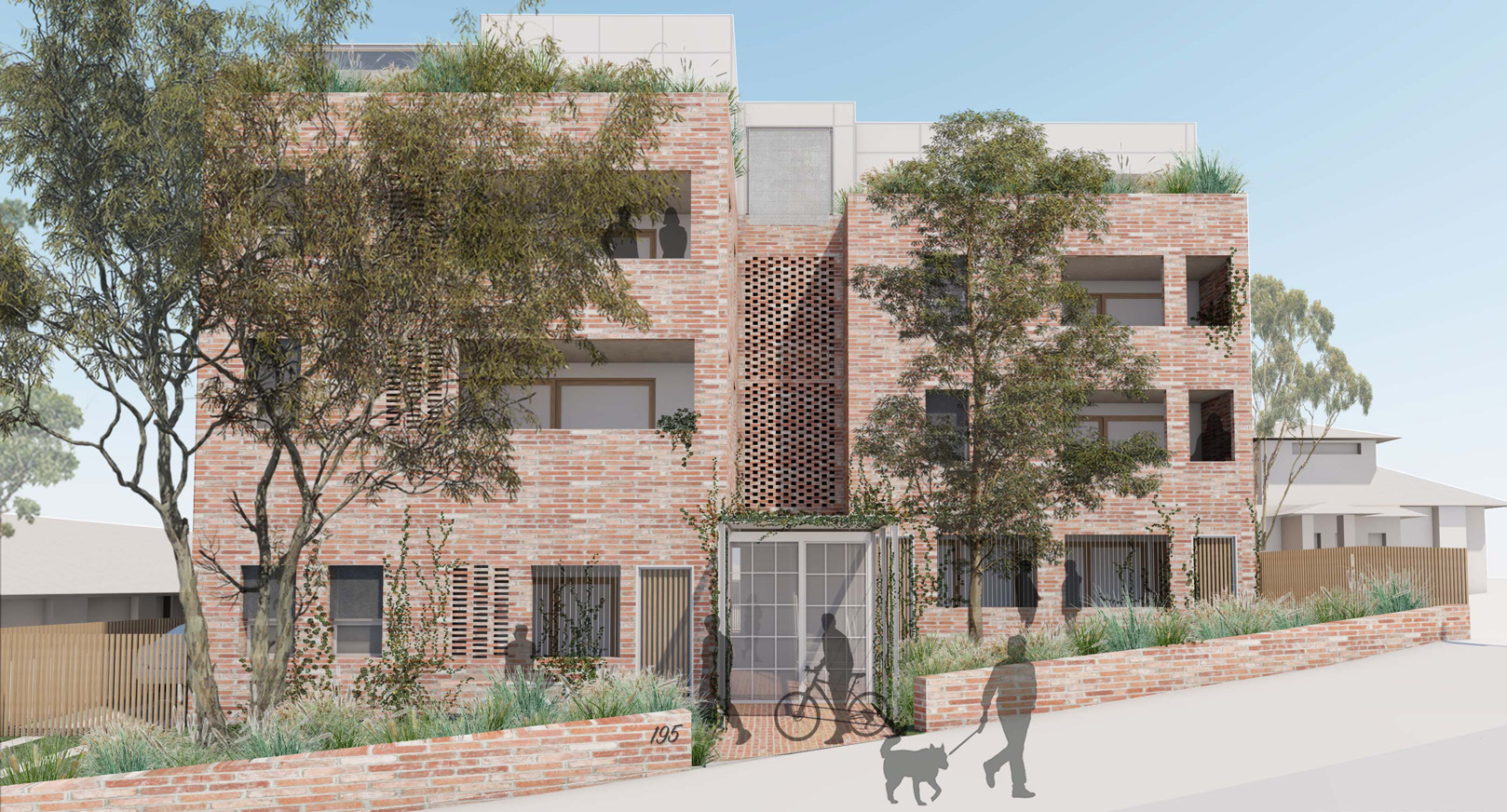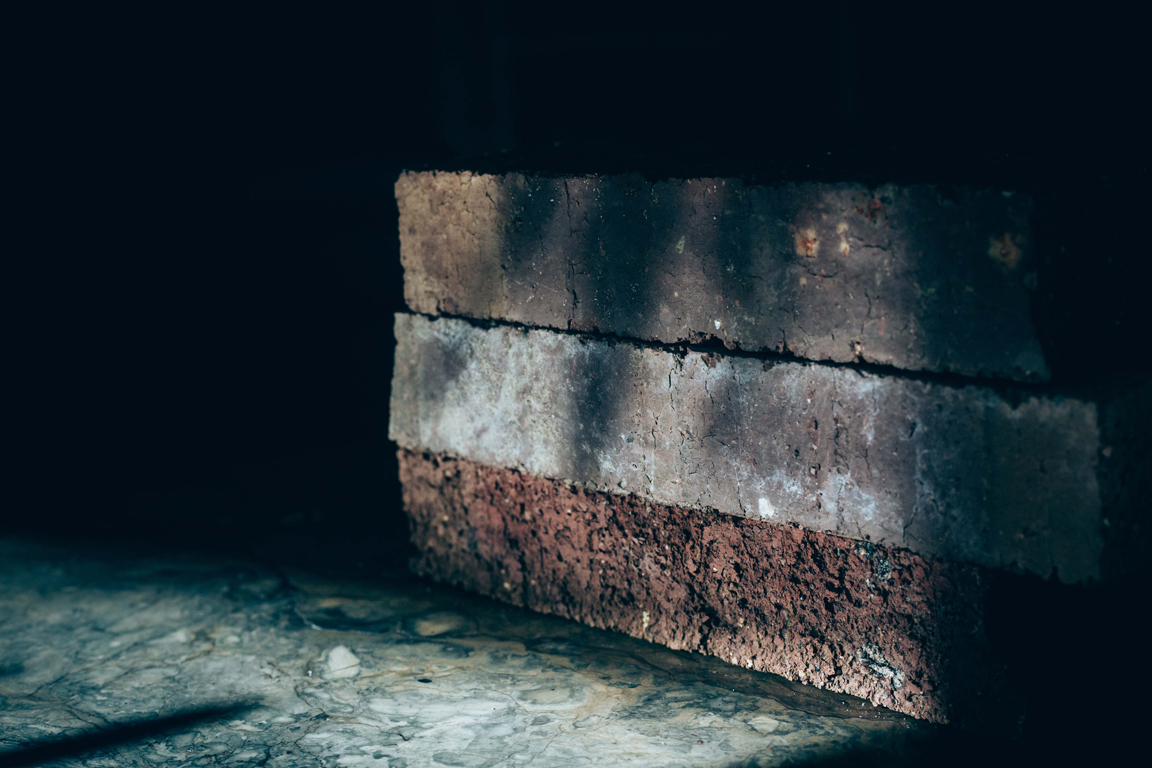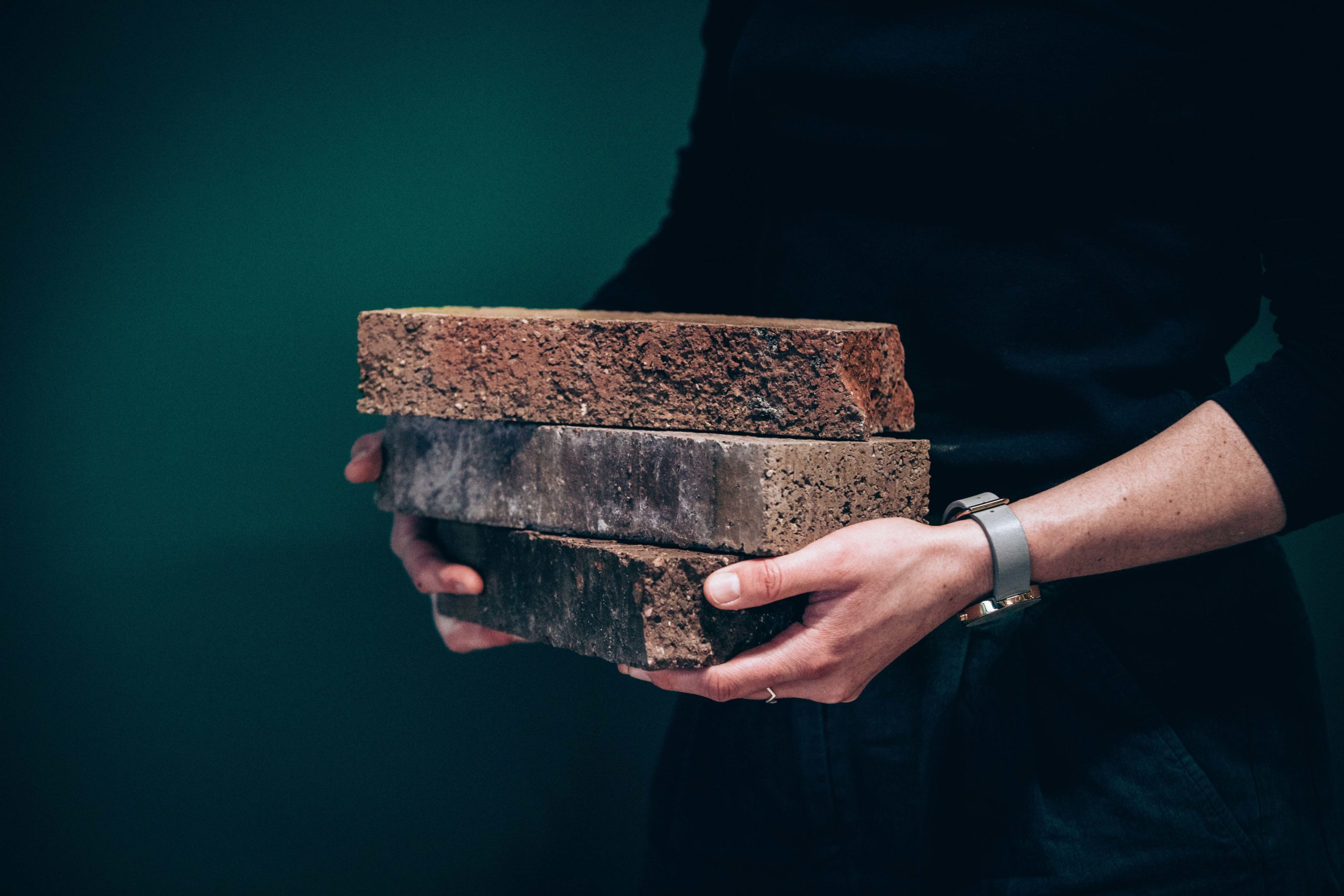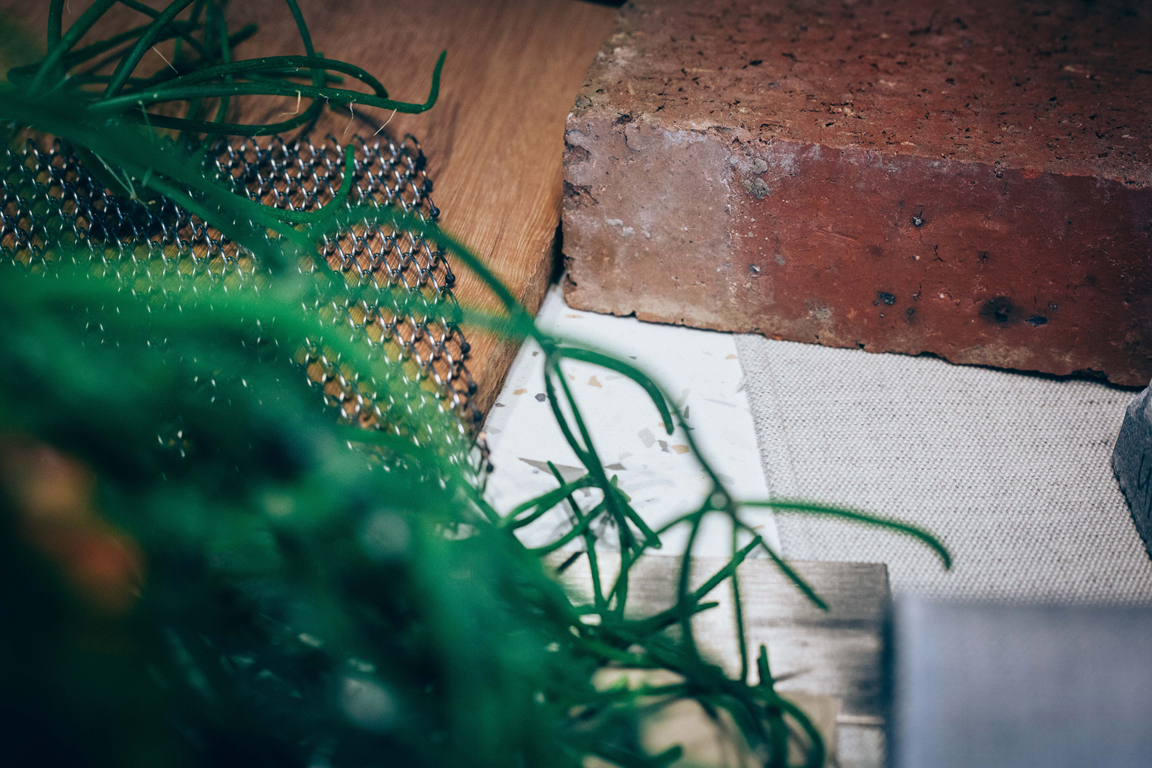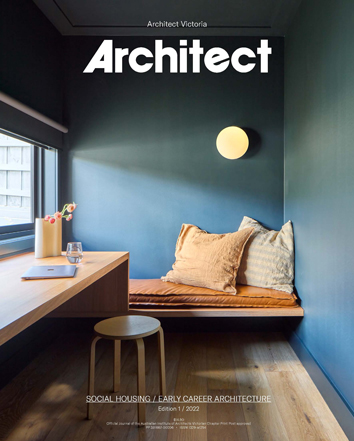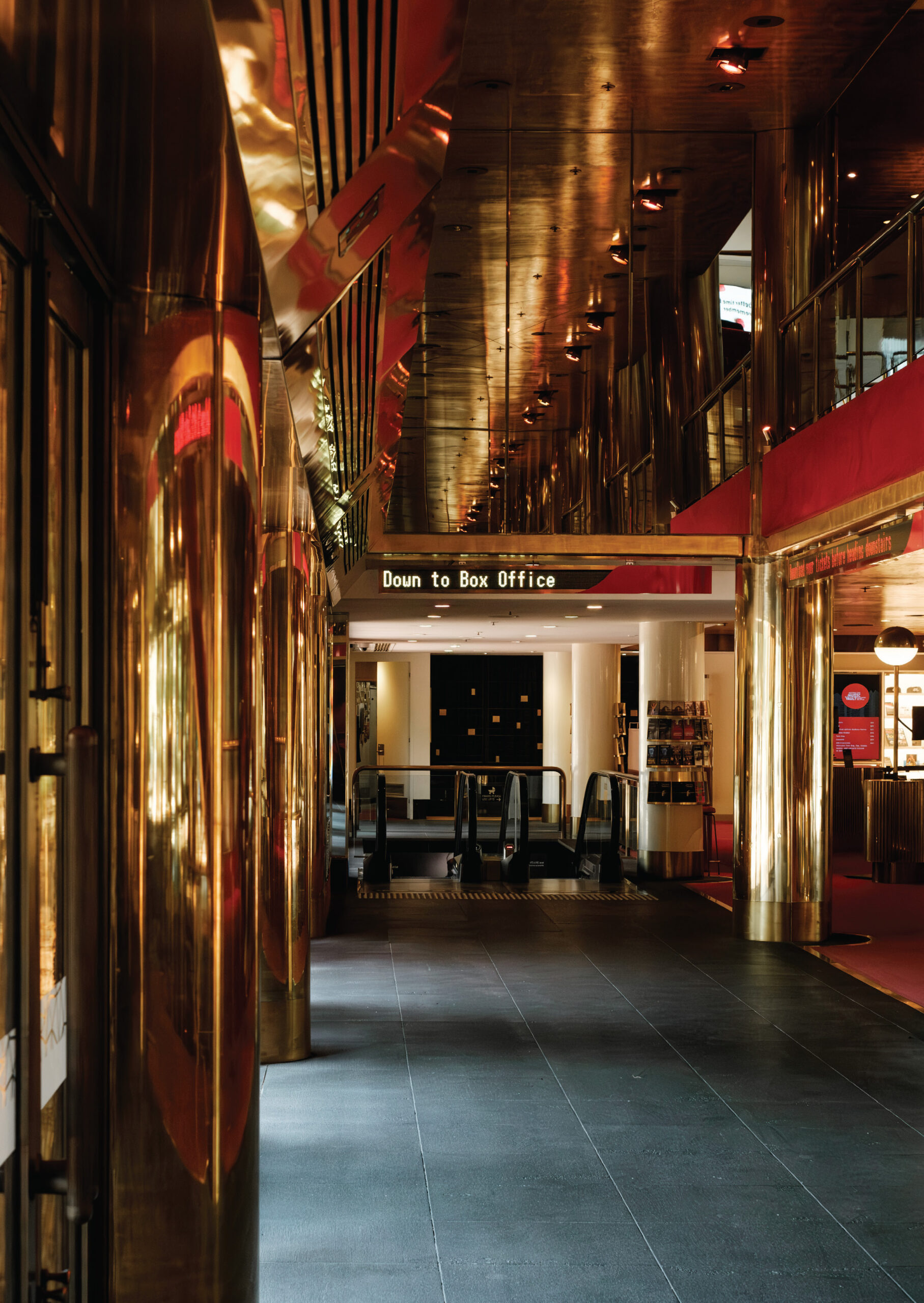Process over product
Social housing addresses a range of needs beyond the requirement for shelter, giving residents a sense of community, autonomy, security, and belonging. The right to a secure place to live has been recognised by the International Covenant on Economic, Social and Cultural Rights among other international instruments and is fundamental to physical and mental health and quality of life (United Nations, 1976 and 2005).
Writing this article as non-Indigenous people, we recognise the infancy of our knowledge of First Nations being and culture. We acknowledge that our work draws on extensive First Nations’ knowledge and write from our experience working on this project. We are not experts in this field and continue to learn as part of a wider team working towards a common goal, the right to housing for all.
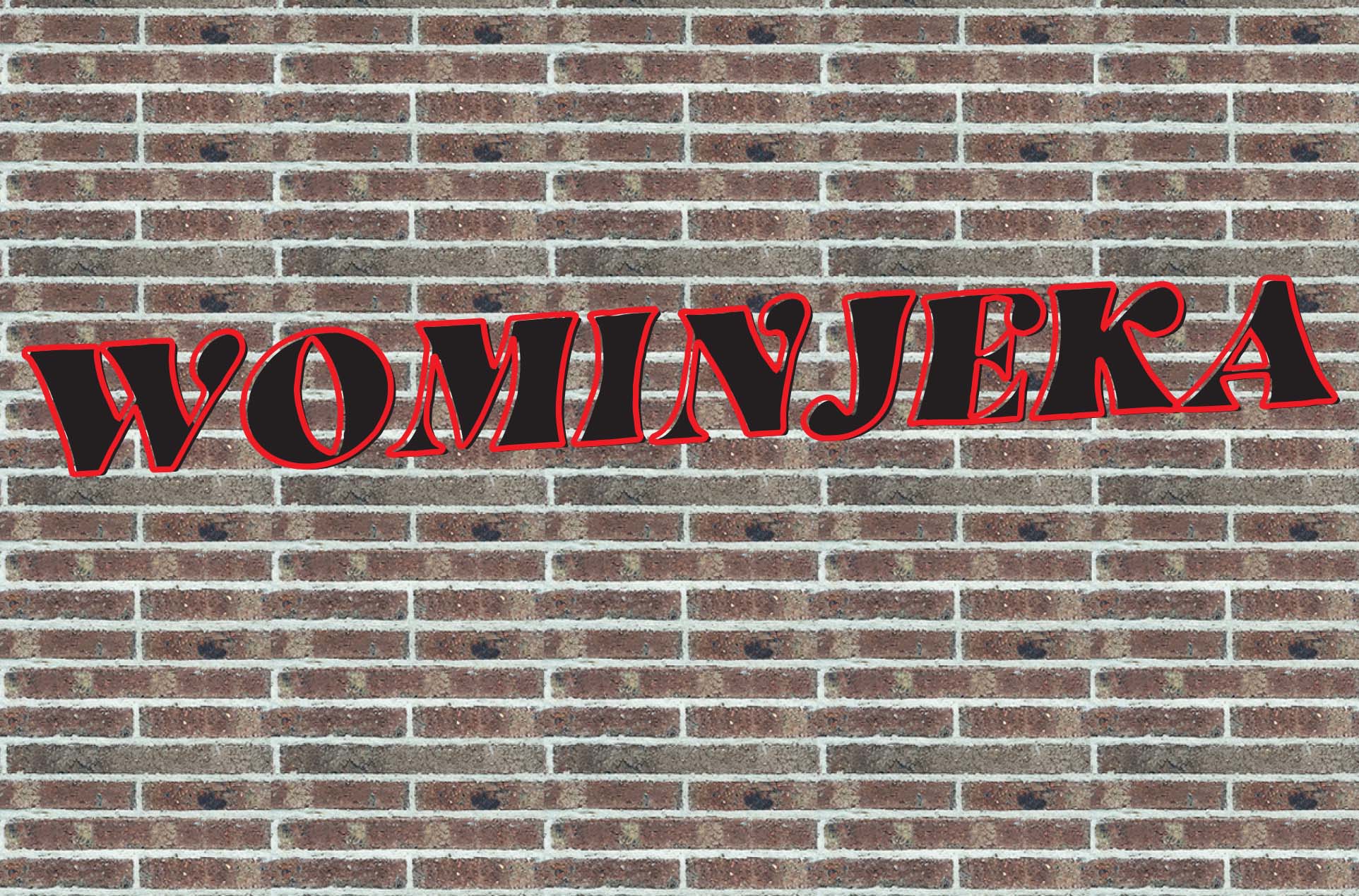
Breathe acknowledges the Wurundjeri people of the Kulin Nation, the Traditional Custodians of the land upon which Breathe stands. We pay our respects to their Elders, past and present, and to all First Nations Peoples of Australia. We acknowledge their continued and unceded connection to Country and culture.
Aboriginal Housing Victoria, Reservoir | Breathe | Country of Traditional Owners: Woi Wurrung Country
Breathe’s Reservoir project comprises 14 one- and two-bedroom apartments that are to be built to support Aboriginal Housing Victoria (AHV)’s vision of ensuring “Aboriginal Victorians secure appropriate, affordable housing as a pathway to better lives and stronger communities” (AHV, 2020). The Aboriginal Community-led organisation supporting self-determination and managing over 1500 rental properties for Aboriginal and Torres Strait Islander people living in Victoria has been our guide throughout this process, providing clear direction on culturally appropriate design.
Inadequate access to affordable and appropriate housing for First Nations Peoples is a complex and multi-faceted issue rooted in dispossession and dislocation, and one that requires action beyond architectural intervention alone. First Nations Peoples are disproportionately impacted by: housing market failure; family violence and breakdown; institutionalisation; poverty of household material resources; and a lack of culturally appropriate mainstream housing services. The strength and resilience of First Nations Peoples to overcome such adversity is underscored by AHV’s determination:
“Our housing outcomes are the result of generations of exclusion and dispossession, and it will take concerted effort, partnership and investment over at least a generation to rebuild the platform of secure housing for our people. The change we need will not be built in a single budget cycle” (AHV, 2021).
According to Mana-na woorn-tyeen maar-takoort (Victoria’s Aboriginal Community-led housing policy framework), the number of First Nations Peoples in Victoria assessed by homelessness services is growing faster than anywhere else in Australia. Around half of those accessing homelessness services are under 25: a younger resident group with different housing needs, feeding AHV’s desire to explore multi-residential options. With a projected need of 5,085 additional social housing units for Aboriginal families by 2036, AHV recognised the need to significantly increase the amount of housing stock available and engaged Breathe to design their first multi-residential social housing project.
The brief from AHV challenges the tradition of exclusively reserving large single dwellings to meet housing needs, recognising its limitations in an urban context. The brief instead poses an experiment in offering a variety of housing stock to the large First Nations population in Reservoir. On a site that connects its residents to good amenity through proximity to public transport, job opportunities and community services. In particular, the Aboriginal Community Services precinct on Bell Street and wider connection to community.

The project has been approached with rigour to deliver a high-quality building embedded with sustainable design principles and cultural sensitivity. High standards maintained by the project team, including all consultants enabled us to work with agility to take this project from concept design, through planning to tender in an 11-month period. The City of Darebin’s support of the project through the planning approval process was integral to this outcome and reinforces the importance of government prioritising projects like this to address issues of homelessness.
AHV understands their tenants’ needs far more than we do. It was therefore essential for us to maintain a conscious act of listening and learning before acting. It was critical to check our biases and question design moves, such as the material reductionism and exposed services common to Breathe projects that AHV advised could be triggering for some clients with negative institutional experiences or simply be perceived as unfinished or cheap.
This departure from our typically raw material palette speaks to the importance of process and of listening more generally in social housing projects and projects relating to First Nations Peoples. Concealed services, cork flooring and warm joinery make up the interior finishes, creating a sustainable, natural, and trauma-informed space that is flexible enough for residents to appropriate and make their own. Integrating trauma-informed care into design processes and outcomes, linking the built environment, identity and psychological wellbeing to create non-triggering spaces that nurture wellbeing.
Budgetary constraints and maintenance concerns are another reality for social housing. Though challenging, these constraints posed an opportunity for creativity to design homes that don’t compromise quality or Breathe’s sustainability targets, while also remaining affordable and durable. Developing partnerships with generous suppliers was integral to this, particularly through a donation of carbon neutral bricks donated by Brickworks. The slender, locally made bricks enabled a high-quality masonry construction typically out of reach on low-cost projects. The synergy between Breathe’s sustainability approach, use of locally made products, and First Nations concepts of connection to Country was crucial to the project: connection to Country being one of seven of AHV’s guiding design principles (AHV and Greenaway Architects, 2016). Questioning the status quo on typical materials, including vinyl flooring (prevalent in social housing projects), allowed us to replace this with natural cork flooring tiles. Replacing a widely used material made from toxic chemicals (that off-gas into apartments) with a purely natural product.
One of the most exciting parts of the project is the collaboration with First Nations artist Tahnee Edwards – a Yorta Yorta and Taungurung woman, designer, and founder of Gammin threads – whose artwork will enliven the common spaces. After consultation and listening, we designed the common spaces raw and real; a blank canvas for Tahnee to create beautiful and culturally meaningful artwork. She’s been able to work directly onto exposed concrete and fibre-cement sheet bringing life to the materials. Tahnee’s work features graphic illustrations with a focus on typography applied with a mixture of painting, wallpaper decals, metal motifs and concrete etchings. Speaking of her work, Tahnee hopes to create a “fun and welcoming environment for people to call home, to take pride in their housing”. The integration of a First Nations’ work into the built fabric marks a shift from designing for communities to designing with them. We hope Tahnee’s work instils pride and ownership over the spaces for the residents; an aspiration for all projects at Breathe.
At this point, a few months into construction, we are acutely aware that we are only witnessing a tiny moment in this building’s life, and that the successes and failures of the project will be judged by myriad people over the years that follow. Looking back, we can distil four clear lessons – first, the importance of process over product; second, the need for unwavering high standards and rigour; third, creativity to make opportunities from constraints; and fourth, listening through genuine First Nations representation and involvement throughout the life of a project, a trait historically absent from social housing projects. These things colour the architect as creative, diligent, and humble. However, these skills are rendered useless unless there is genuine First Nations collaboration and leadership throughout the entire process – a process that needs to be controlled and determined by First Nations Peoples in pursuit of their right to housing.
This project has been funded by the Victorian Government’s Social Housing Growth Fund.
Notes
Aboriginal Housing Victoria (2018), Submission to The Royal Commission into Victoria’s Mental Health System, ahvic.org.au/cms_uploads/docs/ahv-submission-mental-health-royal-commission-ahv-formal-submission-1907
Aboriginal Housing Victoria (2020), ‘Mana-na Woorn-Tyeen Maar-Takoort: Every Aboriginal Person Has a Home’, The Victorian Aboriginal Housing and Homelessness Framework
Aboriginal Housing Victoria, Media Release (27 May 2021), A Line in the Sand on Housing Outcomes for First Australians
Aboriginal Housing Victoria and Greenaway Architects (2016), Summary: Consultation Findings Report: 28 July 2016
Commonwealth of Australia (1997), ‘Housing as a Human Right, National Conference on Homelessness, Council to Homeless Persons, Address by Chris Sidoti, Human Rights Commissioner, 4 September 1996.
John Fien, Esther Charlesworth, Gini Lee, David Morris, Baker Dough and Grice Tammy (2007), ‘Flexible Guidelines for the Design of Remote Indigenous Community Housing’, Australian Housing and Urban Research Institute, RMIT-NATSEM Research Centre
Stephen Long, Paul Memmott, and Tim Seelig (July 2007), ‘ An Audit and Review of Australian Indigenous Housing Research’, Australian Housing and Urban Research Institute Queensland Research Centre
United Nations Human Settlements Programme (UN-HABITAT) Office of the High Commissioner for Human Rights (OHCHR) (2005), ‘Indigenous Peoples’ Right to Adequate Housing: A Global Review’, United Nations Housing Rights Programme Report no. 7
United Nations Human Rights Office of the High Commissioner (1976), International Covenant on Economic, Social and Cultural Rights, Adopted and opened for signature, ratification and accession by General Assembly resolution 2200A (XXI) of 16 December 1966 entry into force 3 January 1976, in accordance with article 27
Camilla Burke is an associate at Breathe.
Faith Freeman is an architect at Breathe and project architect for the AHV Reservoir project.
Olivia Peel is an architect at Breathe.
